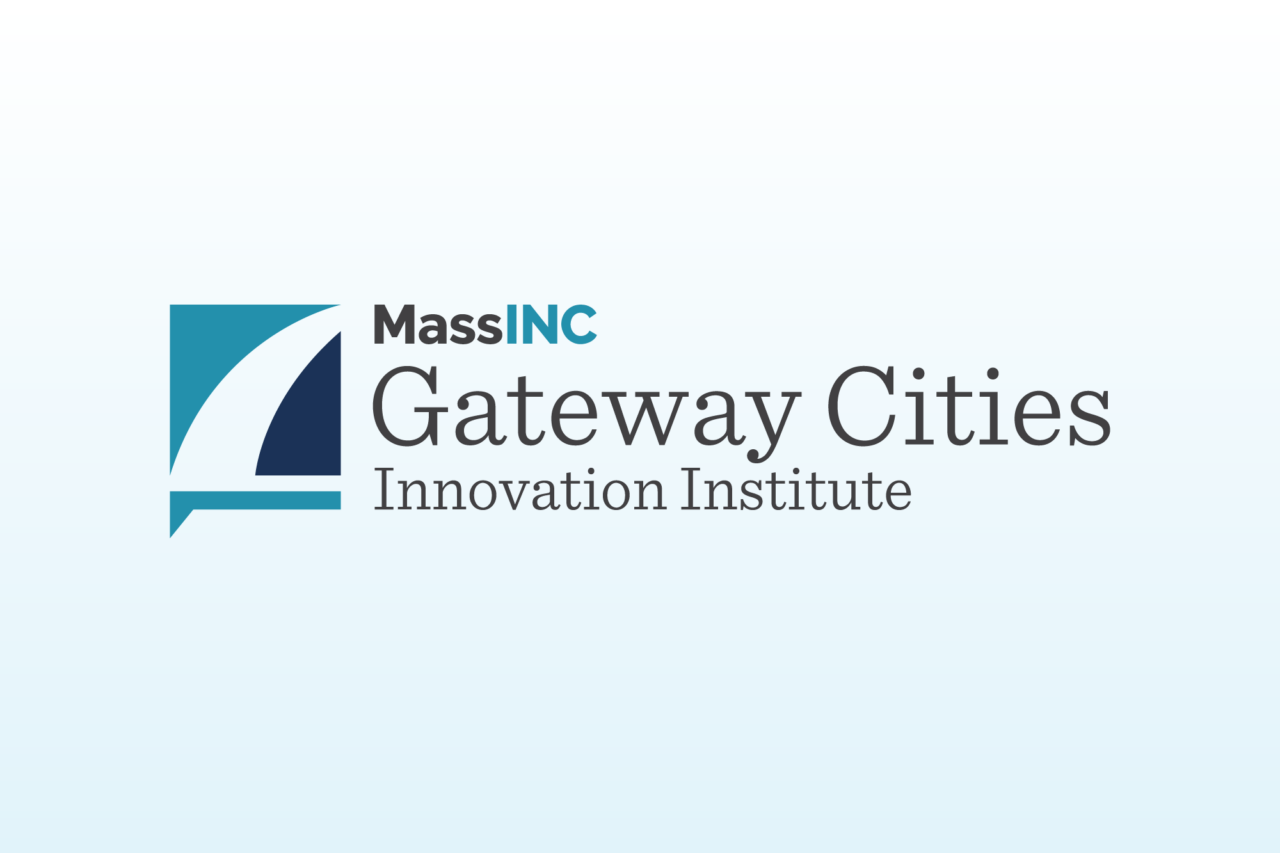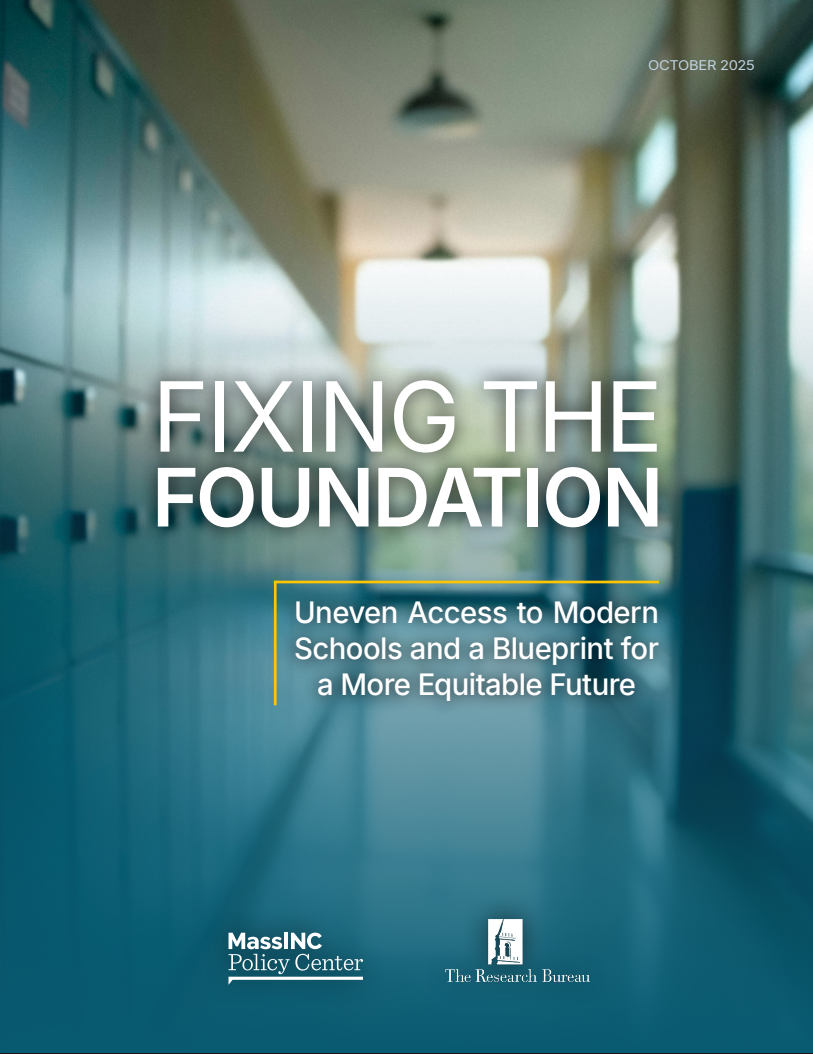The MassINC Policy Center generates research to frame pressing issues, identify actionable solutions, and monitor progress. The Center favors a ground-up approach, engaging with state and local officials and civic leaders to surface problems and actionable strategies to address them. We strive to produce unbiased information that leaders can rely on when tasked with making difficult choices.
Featured Research
See all Research
Fixing the Foundation: Uneven Access to Modern Schools and a Blueprint for a More Equitable Future
This report examines disparities in school facility conditions across Massachusetts and their implications for student learning.
Key Takeaways
- Nearly 60% of Massachusetts’ lowest-rated or over-capacity schools are located in Boston or a Gateway City.
- At the current pace, it could take 50 years to replace or renovate all high-need school buildings in Massachusetts.
- Suburban districts received 57% of major MSBA Core Program grants since 2015, while Boston and Gateway Cities received less than 19%.
Featured Research
See all Research
2025 Gateway Cities Housing Monitor
The MassINC Policy Center’s annual deep dive into the housing trends shaping opportunity and growth across Massachusetts.
Gateway Cities
The Gateway Cities Innovation Institute works to unlock the economic potential of small to mid-size regional cities.
Leveraging MassINC’s research, polling, and policy team, the Institute strengthens connections across communities and helps Gateway City leaders develop and advance a shared policy agenda.

Latest Updates
See all Policy Center Updates
Gateway Cities Journal | Legislative hearing focuses on empowering Gateway City residents with Community Schools
Gateway City leaders filled Beacon Hill to champion a new Community Schools Commission that could help scale a model proven to strengthen neighborhoods, deepen trust, and expand opportunity for children and families.
November 14, 2025
New Roadmap Charts Bold Path for Equitable Public Higher Education in Massachusetts
November 13, 2025
13th Annual Gateway Cities Innovation Summit
October 30, 2025
Announcing the 2025 Gateway Cities Innovation Award Honorees
October 20, 2025


